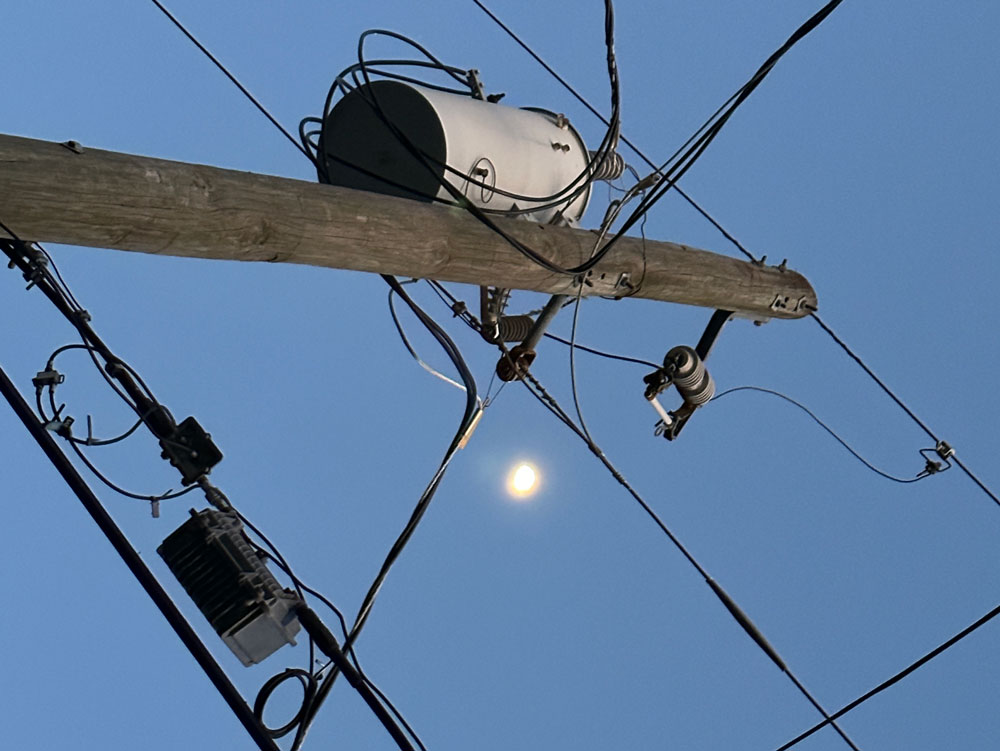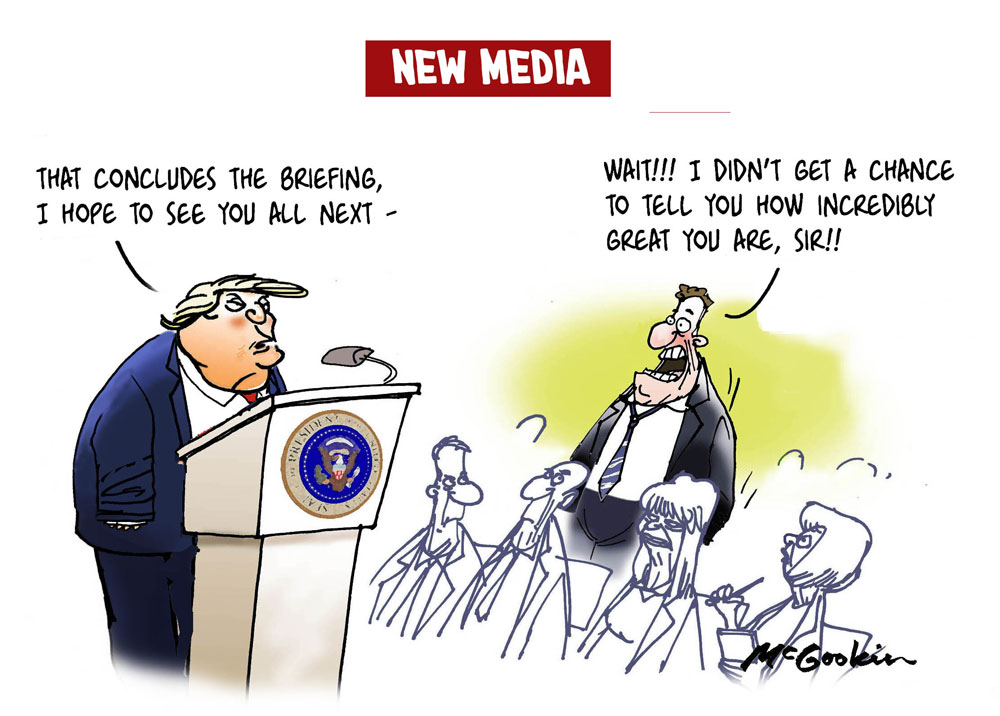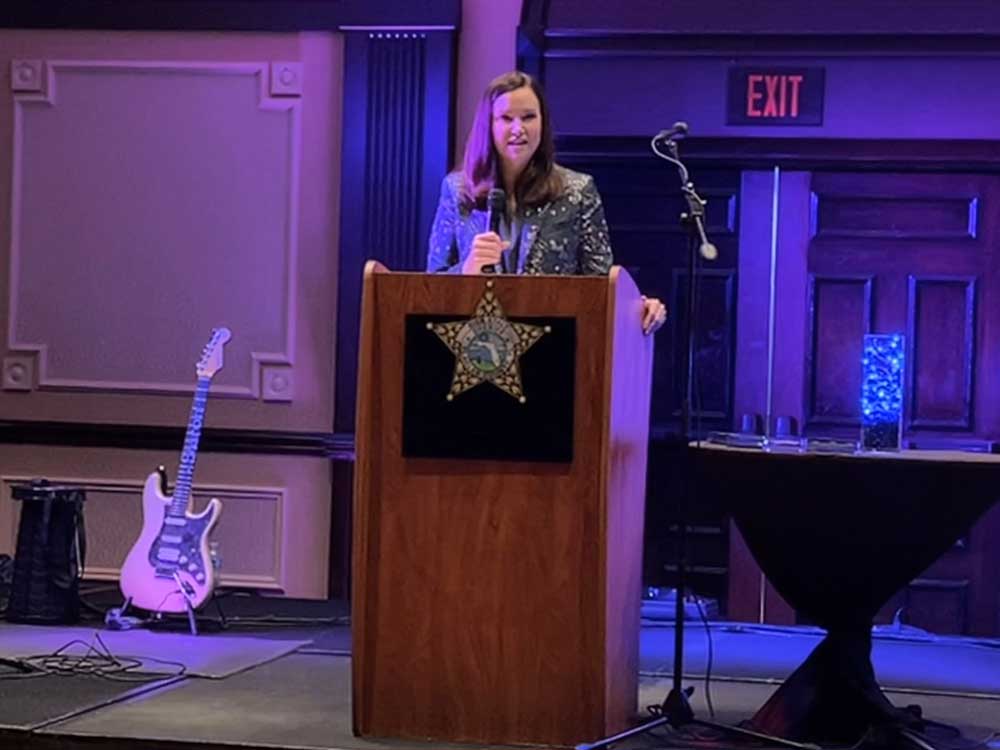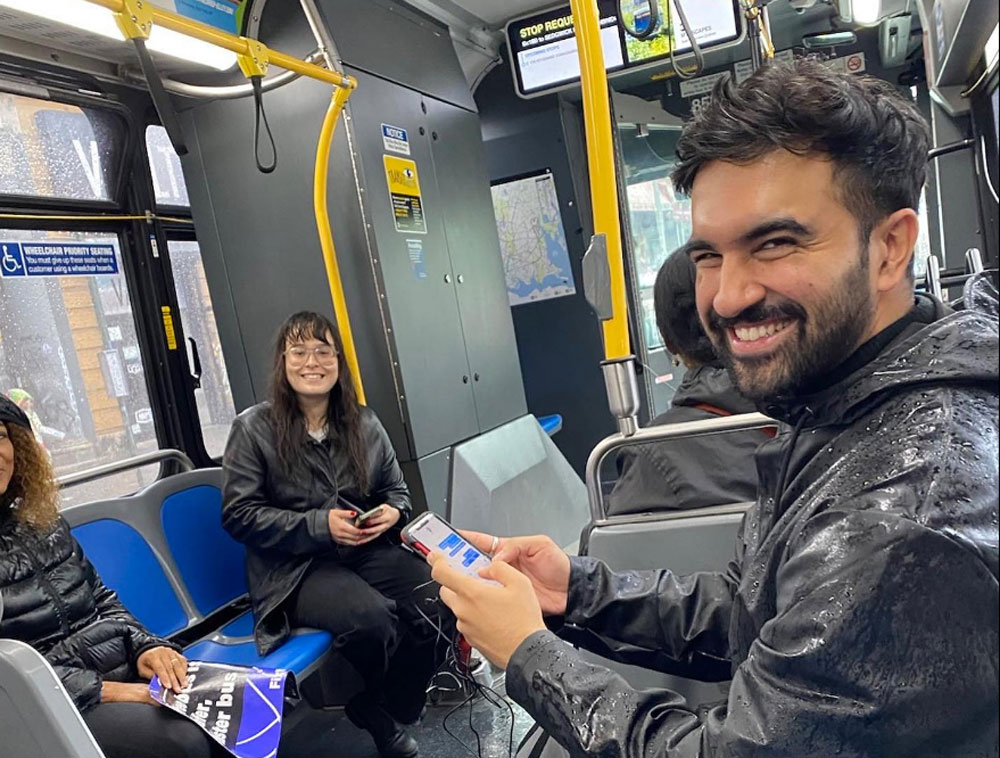Large-scale revegetation on Lake Kissimmee is part of a historic restoration project being carried out by the Florida Fish and Wildlife Conservation Commission (FWC) to support native plant populations. This restoration endeavor is the greatest revegetation initiative in the history of the FWC, with an astounding $2.35 million spread over two years. The Kissimmee Chain of Lakes system is being restored through a multidisciplinary strategy directed by the FWC, of which this revegetation project is only one part. Governor Ron DeSantis and Florida’s legislators have made this endeavor possible.
The rare Everglade snail kite can be found in Lake Kissimmee, one of Florida’s largest natural lakes and a top destination for hunting, fishing, and wildlife viewing. Hurricanes, artificially regulated water levels, and alien apple snail feeding have all contributed to the rapid decrease of Lake Kissimmee’s essential aquatic grasses. The goal of this project is to restore healthy aquatic habitat that will improve water quality and provide better habitat for a range of fish and species, including the rare Florida bass and waterfowl.
A total of 686,635 natural aquatic plants were planted in Lake Kissimmee between 2017 and 2024. These included 242,000 bulrush plants along the lake’s shorelines, 233,191 maidencane plants, and 211,444 Egyptian paspalidium plants (both of which are frequently referred to as Kissimmee grass). In order to improve fish and wildlife habitat and give more Everglade snail kite foraging and nesting areas, planting areas were selected based on the lake bottom’s firmness and water depth.
Along with Brahma Island in the center of the lake, an additional 534,545 grasses and bulrush were planted in the spring of 2025 along the eastern, southern, and western shorelines. In addition, 1,100 wetland trees were planted around the lake to give Everglade snail kites and wading birds a place to roost and nest. The recently planted trees have already been used by the Everglade snail kite.
Melissa Tucker, Director of the FWC’s Division of Habitat and Species Conservation, stated that native aquatic grasses are essential to the health of freshwater ecosystems. The success of the earlier plantings has pleased us, and we look forward to further enhancing Lake Kissimmee’s ecosystem to support fish and wildlife in and around the water. The existence of endangered Everglade snail kites is a positive indication that these efforts are already paying off.
According to Tom Graef, Director of the FWC’s Division of Freshwater Fisheries Management, Lake Kissimmee is one of Florida’s crown jewels for sport fishing. By restoring vital habitat for Florida bass and other native species, these restoration projects will enhance its standing as a top-tier fishery. Great fishing starts with healthy environment, and this project is a significant investment in the future of this lake, its fishermen, and the fish and wildlife that call it home.
The FWC Kissimmee Chain of Lakes Fish, Wildlife, and Habitat Management Plan, which was created with participation from a number of stakeholders, is in line with this effort.
To learn more about this initiative, get in touch with [email protected]. Go to the What’s Happening on My Lake webpage at MyFWC.com/Lakes for information about general waterbodies, fishing forecasts, virtual tours, annual work plans, boat ramps, and more.











